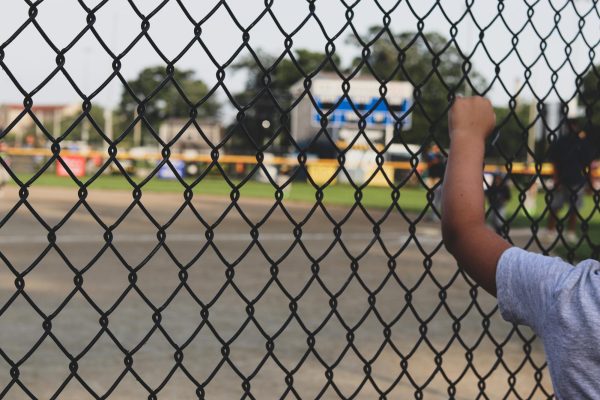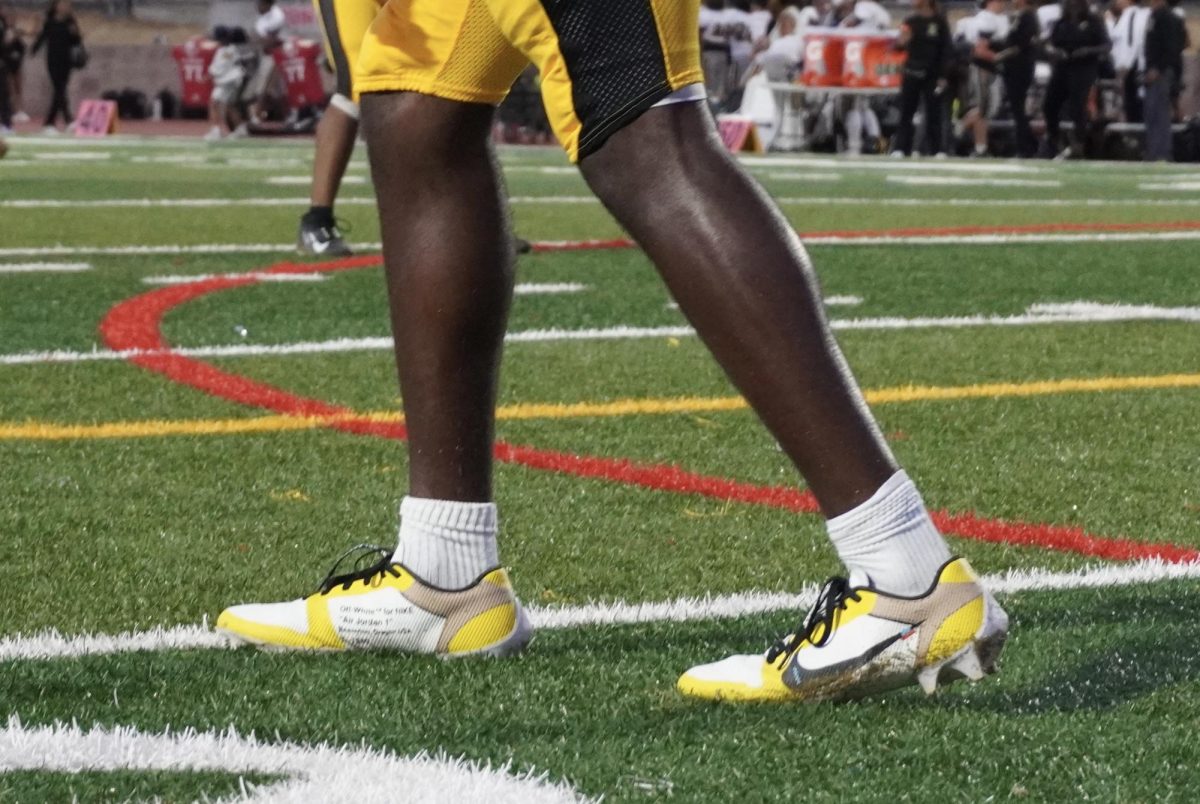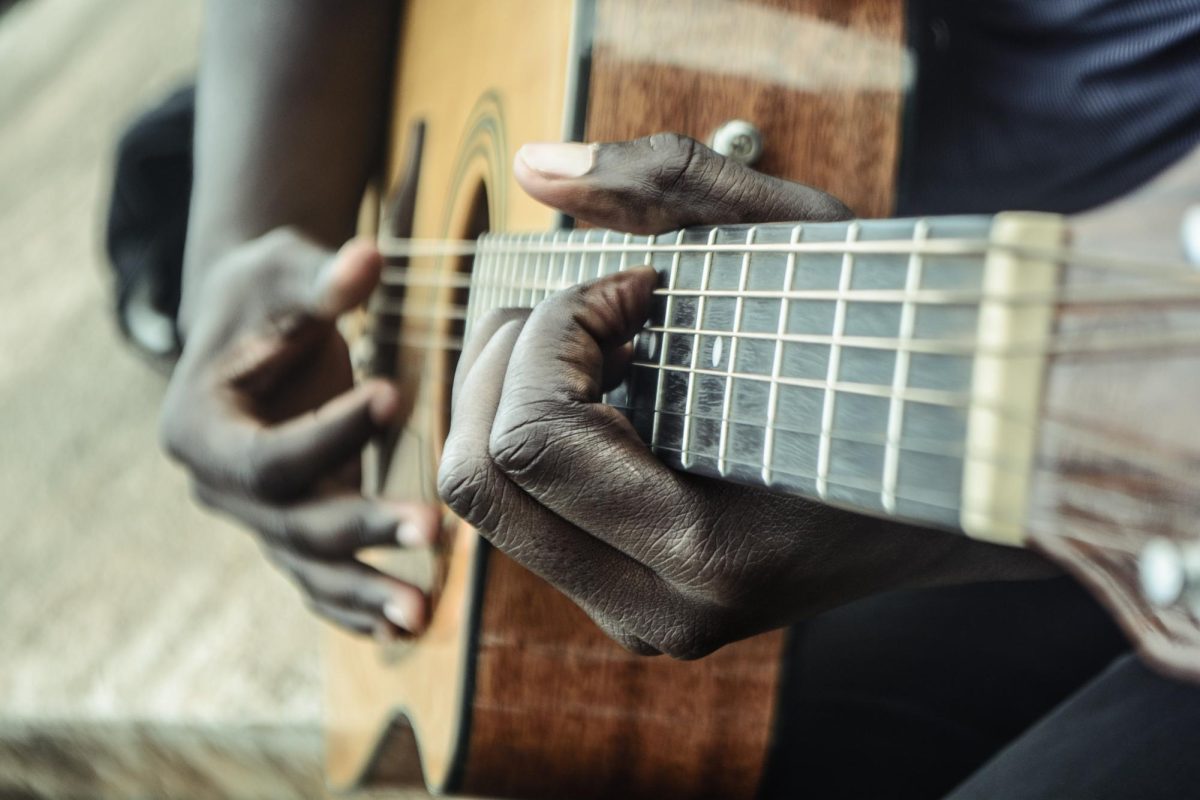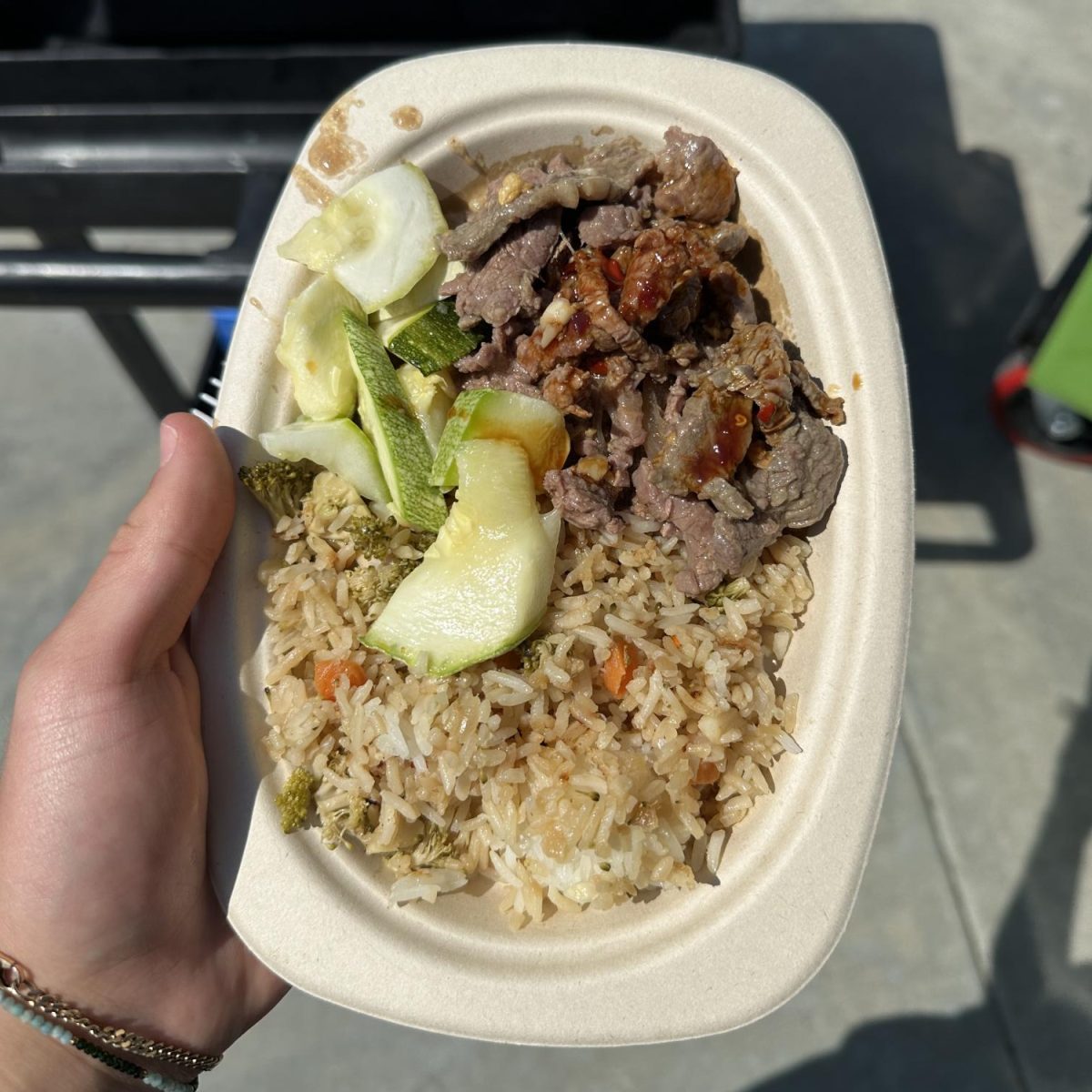For years, youth sports have been a cornerstone of communities worldwide. From orange slices at halftime to wiffle ball at the park, sports bring kids together to learn fundamental life skills.
Recent patterns indicate a significant decrease in the amount of kids playing youth sports every year. In the past twenty years, the youth sports market grew by fifty-five percent. It is now estimated to be a forty-billion-dollar industry. This uptake in the market is not defined by an increased number of participants, but instead an increased cost to participate.
According to a 2023 report from Project Play, around half of families with children involved in youth sports report that they’ve struggled to pay for it. In fall 2022, the average amount spent on a single child’s primary sport per season was $833, as compared to upper-class families who paid $2,068.
While 67.7% of upper and middle-class families play sports, only 34.1% of kids from low-income families play on organized sports teams. This phenomenon has come to be known as the ‘pay-to-play’ pipeline. With the recent introduction of elite club programs, select travel teams, and competitive development programs at a young age, disparities emerge early. The ‘pay-to-play’ pipeline creates a pattern in which kids from families closer to the federal poverty line are consistently excluded from youth sports.
The head coach of a youth travel baseball team, Bishop O’Dowd’s very own Coach K views the inaccessibility of youth sports as a major problem. “I feel horrible. I think it’s sad. There is so much socialization in youth sports, kids learn how to be confident and deal with adversity. Sports teach skills that help a kid be successful later in life.” Coach K goes out of his way to make sure that money never prevents one of the kids on his team from playing the sport they love.
As club sports take over the youth sports scene, an increasing number of families find themselves unable to afford the rapidly increasing costs. The decreased accessibility of youth sports is a failure for today’s generation of kids. All children deserve an opportunity to develop an early love of physical activity, experience on-field competition, and build lifelong friendships.












